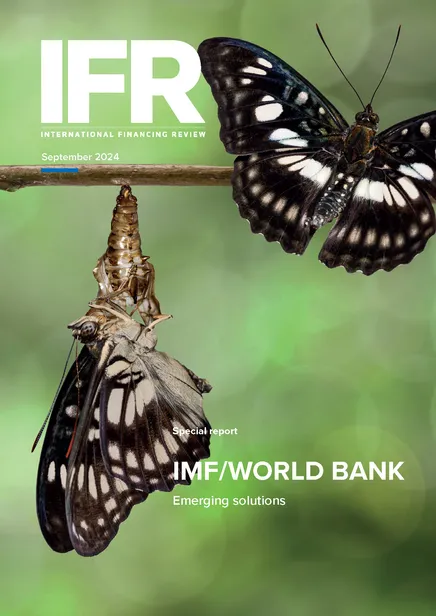Innovation is key to the problem-solving process, as is the recognition that a single course of action is not always applicable to every situation.
Economies around the world are experiencing many diverse factors that influence their situations and prospects, not to mention their responses. While many minds have been concentrated on what is happening in the USA or eurozone, with much energy expended on second-guessing the timing or depth of interest rate cuts by the Federal Reserve or European Central Bank, there are plenty of other areas that are at different points in the cycle.
Japan is an obvious case of rates moving in the opposite direction, although Latin America throws up interesting instances on both sides, with Brazil raising its benchmark rate the same day the Fed cut, while Chile, Peru and even Mexico had embarked on the reduction road some time before it.
Growth forecasts also display evidence of divergence. The IMF projects global growth will increase 3.2% this year and 3.3% in 2025. But within these numbers lie stark differences, with what the fund terms advanced economies predicted to post gains of 1.7% and 1.8% but emerging market and developing economies coming in at 4.3% over both periods. And there is much variance within those sub-sectors, too.
Likewise, when it comes to providing aid to those in need of help. Each case is different and each requires some sort of bespoke arrangement to facilitate the optimum solution.
Take the recent sovereign restructurings of Sri Lanka, Suriname, Ukraine and Zambia – each was by its very nature unique but they all shared a common feature: the use of state-contingent debt instruments that took into account country-specific factors that allowed creditors the opportunity to share in the upside potential in the case that predefined conditions linked to future GDP growth are met.
And this sort of emerging solution, whereby customised formats and structures are employed, is not restricted to remedying the ills of stricken sovereigns but is also being applied to funding very particular ventures.
When the World Bank in August sold a bond, a portion of the proceeds of which were specifically pledged to fund Amazonian reforestation and carbon removal, it marked a step nearer the mainstream for the MDB's concept of outcome bonds, whereby specific projects are directly funded and thus made more visible.
While this was its fifth such issue, it was its largest thus far in a line of financing initiatives that offer accounts the chance to identify with the particular enterprises in which they are investing.
The direction of travel across the piece is clearly to accommodate individual needs when necessary and hopefully celebrate them when possible.
To see the digital version of this report, please click here
To purchase printed copies or a PDF of this report, please email shahid.hamid@lseg.com in Asia Pacific & Middle East and leonie.welss@lseg.com for Europe & Americas.







